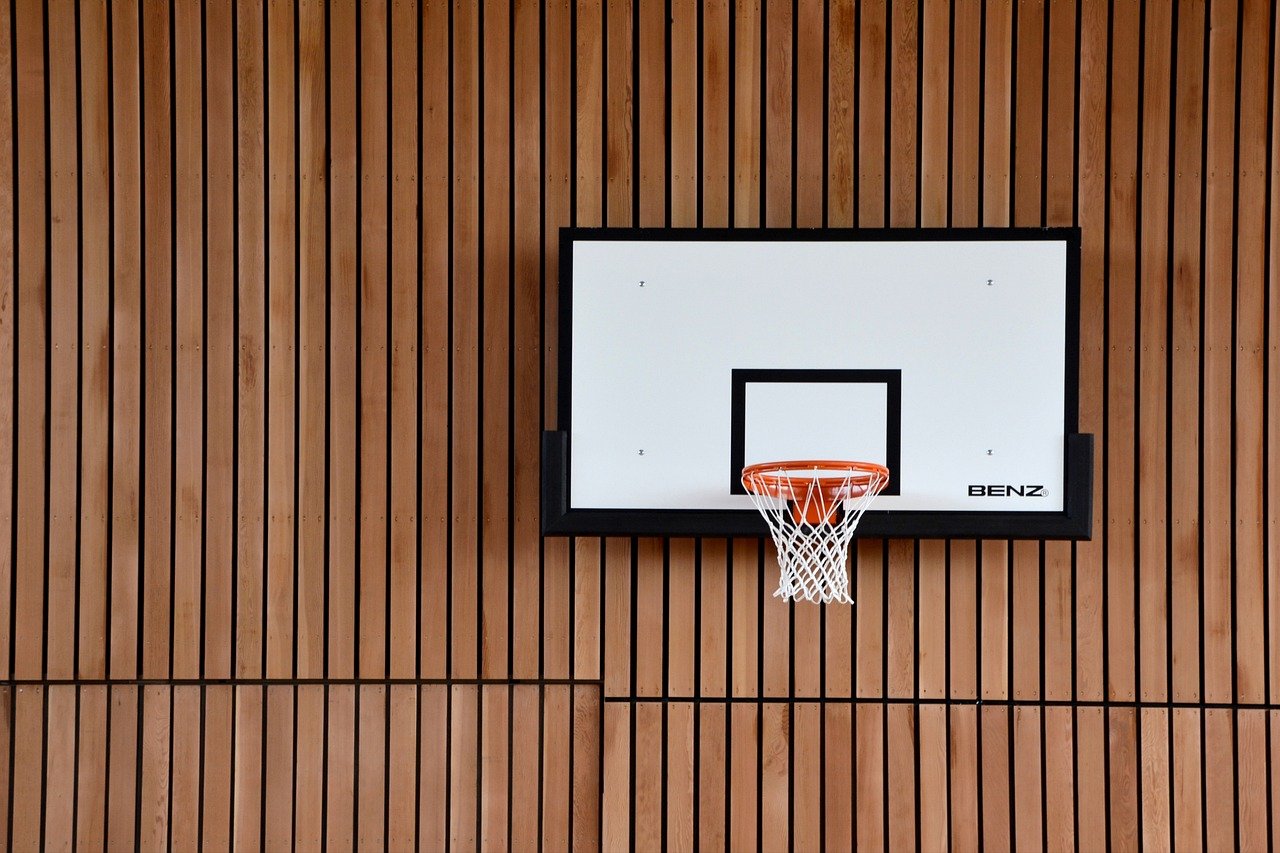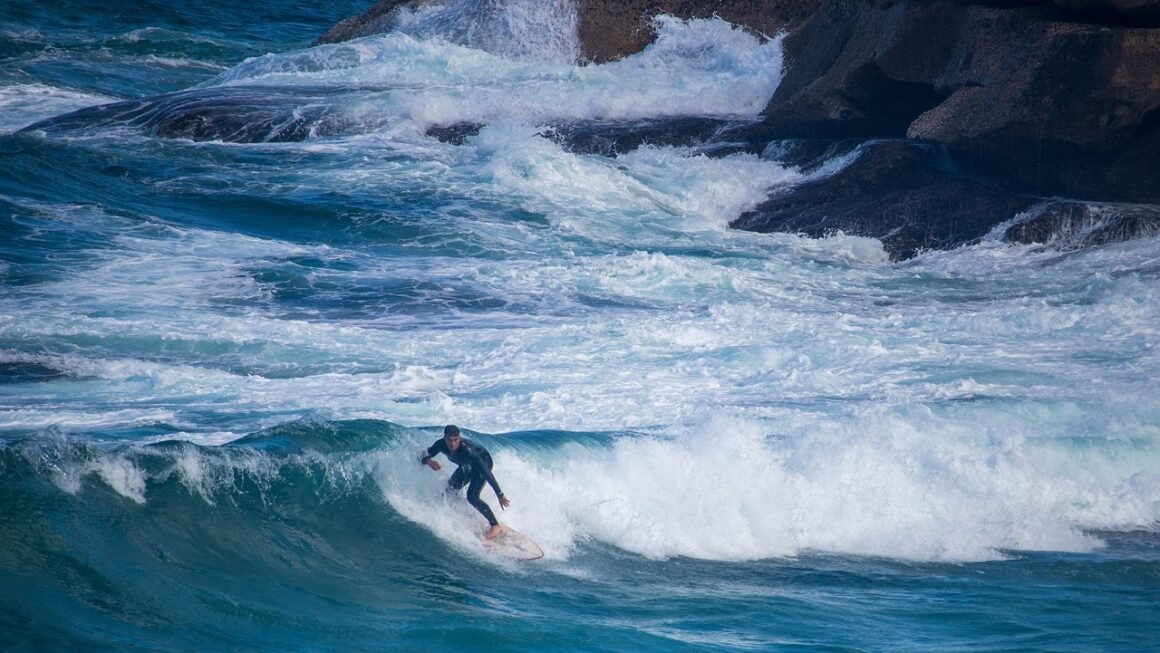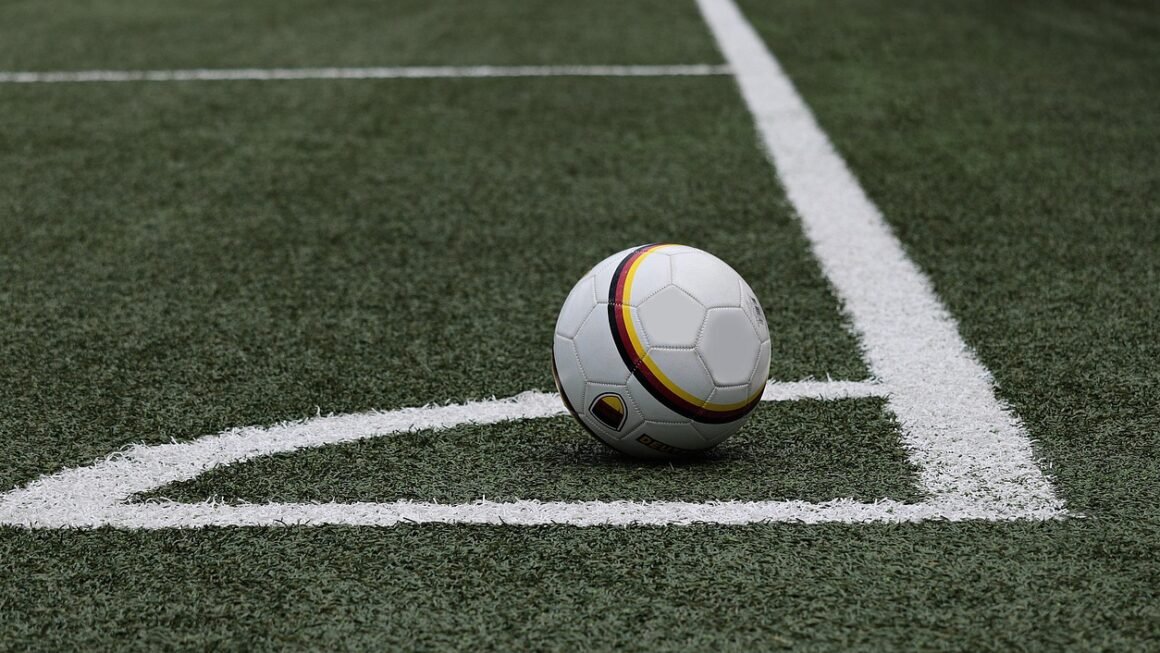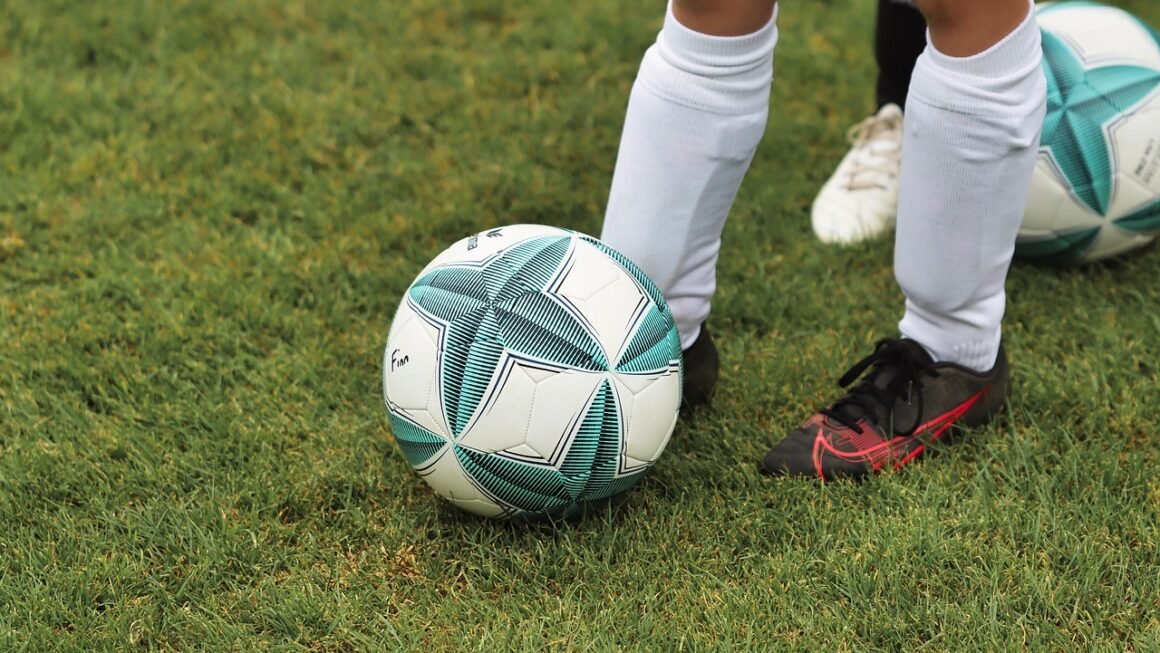Ice hockey, a sport known for its blistering speed, bone-jarring collisions, and incredible displays of skill, captivates millions worldwide. From the electrifying atmosphere of NHL arenas to the frozen ponds where youngsters first lace up their skates, ice hockey holds a special place in the hearts of fans and players alike. But what makes this sport so compelling? Let’s delve into the intricacies of ice hockey, exploring its history, rules, equipment, and the reasons for its enduring appeal.
The Thrilling History of Ice Hockey
Origins and Evolution
Ice hockey’s roots can be traced back to various stick-and-ball games played on ice in Europe, particularly in the 18th and 19th centuries. However, the modern version of the sport is widely believed to have originated in Canada.
- The first organized indoor ice hockey game was played in Montreal, Quebec, in 1875.
- Early rules were largely borrowed from field hockey and bandy.
- The formation of the Amateur Hockey Association of Canada (AHAC) in 1886 marked a significant step towards standardization.
- The Stanley Cup, awarded to the top amateur hockey club in Canada, was established in 1893 and remains the oldest professional sports trophy in North America.
The Rise of Professional Hockey
The early 20th century witnessed the rise of professional hockey leagues, solidifying the sport’s popularity.
- The National Hockey League (NHL) was founded in 1917.
- The NHL initially consisted of five teams, all located in Canada.
- Over the decades, the NHL expanded to include teams from the United States, becoming the dominant professional hockey league globally.
- Key milestones include the introduction of the penalty shot, forward passing, and significant changes to equipment and playing styles.
Understanding the Rules of the Game
Basic Gameplay
Ice hockey is played on a rink divided into three zones: the offensive zone (where the team is trying to score), the defensive zone (where the team is defending), and the neutral zone (the area between the two zones).
- Two teams of six players (typically) compete to score by shooting a vulcanized rubber disc, called a puck, into the opposing team’s net.
- Players skate on ice skates and use hockey sticks to control the puck.
- Games are divided into three 20-minute periods, with intermissions in between.
- If the score is tied at the end of regulation time, overtime is played (rules vary depending on the league/tournament).
Penalties and Fouls
Penalties are assessed for various infractions, resulting in the penalized player spending time in the penalty box, leaving their team shorthanded.
- Common penalties include tripping, hooking, slashing, high-sticking, interference, and cross-checking.
- Minor penalties typically result in a two-minute penalty.
- Major penalties (e.g., fighting) typically result in a five-minute penalty.
- A penalty shot is awarded when a player is illegally impeded from a clear scoring opportunity.
Key Rule Concepts
Understanding these concepts is crucial to appreciating the flow and strategy of the game.
- Offside: A player cannot enter the offensive zone before the puck.
- Icing: A player cannot shoot the puck from behind their own center red line all the way to the opposing team’s goal line without it being touched by another player.
- Face-off: Used to start play at the beginning of each period and after stoppages in play. The referee drops the puck between two opposing players.
Essential Ice Hockey Equipment
Protective Gear
Safety is paramount in ice hockey, and players wear a variety of protective gear.
- Helmet: Essential for preventing head injuries. Modern helmets often include visors or cages for added facial protection.
- Shoulder Pads: Protect the shoulders and upper body from impacts.
- Elbow Pads: Provide protection for the elbows during falls and collisions.
- Gloves: Offer protection for the hands and wrists.
- Pants: Padded pants protect the hips, thighs, and tailbone.
- Shin Guards: Protect the shins from pucks and skate blades.
- Mouthguard: Helps prevent dental injuries.
Skates and Sticks
These are the player’s primary tools for movement and puck control.
- Skates: Specialized skates with sharp blades allow players to glide and maneuver on the ice. Skates are designed for different playing styles (e.g., forwards typically prefer lighter, more flexible skates).
- Sticks: Made from wood, composite materials, or a combination of both. Stick flex, curve, and lie are crucial factors in performance. For example, a player with a wrist shot might prefer a more flexible stick.
Goalie Equipment
Goalies require specialized equipment to protect themselves from high-speed pucks.
- Helmet/Mask: A highly protective mask designed to withstand the impact of pucks.
- Chest Protector: Offers comprehensive protection for the torso.
- Blocker: A large rectangular pad worn on one hand to deflect shots.
- Glove/Catcher: Used to catch and secure the puck.
- Leg Pads: Large pads that cover the legs and feet, providing maximum protection and allowing the goalie to make saves.
The Allure of Ice Hockey
Speed and Skill
The combination of speed, agility, and puck-handling skills makes ice hockey a visually stunning sport.
- Players can reach speeds of over 30 miles per hour on the ice.
- The ability to control the puck at high speeds requires exceptional dexterity and coordination.
- The rapid transitions and constant movement keep fans on the edge of their seats.
Physicality and Intensity
The physical nature of ice hockey adds another layer of excitement to the game.
- Checking, or body contact, is a legal and strategic element of the game (within certain rules).
- The intensity of the competition and the high stakes involved create a passionate and engaging atmosphere.
- While fighting is relatively rare, it remains a part of the sport’s tradition and can ignite a team and its fans.
Teamwork and Strategy
Ice hockey is a team sport that demands coordination, communication, and strategic thinking.
- Players must work together to control the puck, defend their zone, and create scoring opportunities.
- Coaches develop sophisticated strategies and tactics to exploit weaknesses in the opposing team.
- The constant adjustments and adaptations made during the game make it a dynamic and intellectually stimulating sport.
Conclusion
Ice hockey offers a unique blend of speed, skill, physicality, and strategy that makes it one of the most exciting sports in the world. From its humble beginnings in Canada to its global reach today, the sport continues to evolve and captivate audiences of all ages. Whether you’re a seasoned fan or new to the game, understanding the history, rules, equipment, and the reasons for its enduring appeal will undoubtedly enhance your appreciation for this thrilling spectacle on ice. Lace up your skates (or grab a seat in the stands) and experience the passion and excitement of ice hockey!



